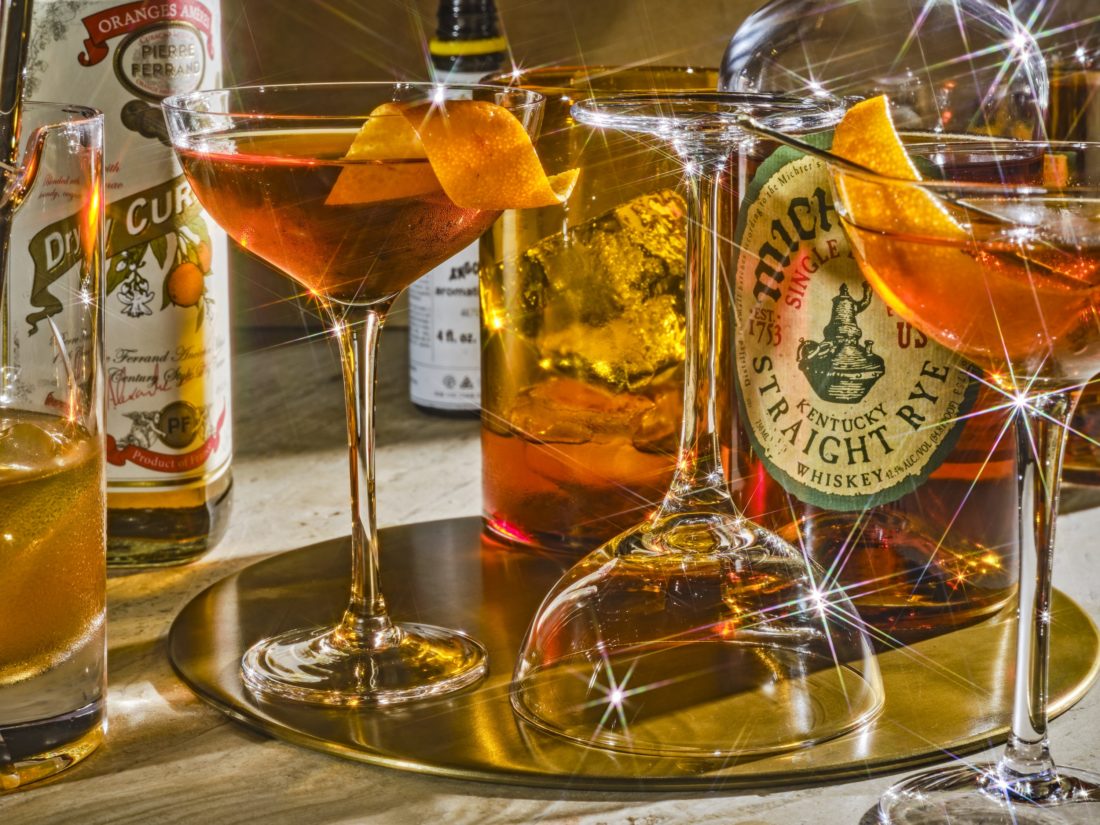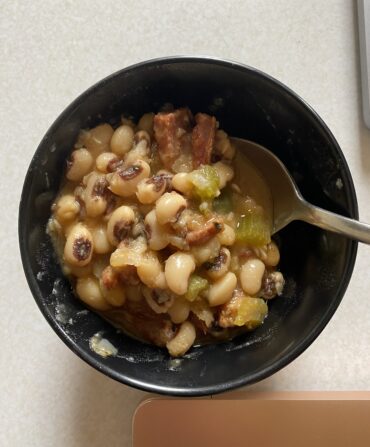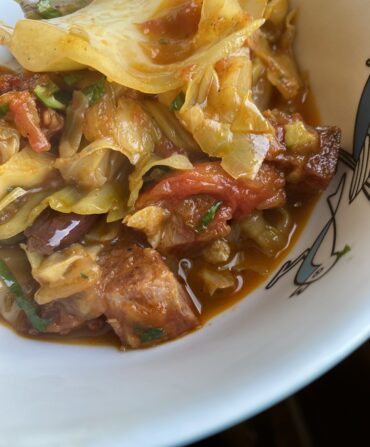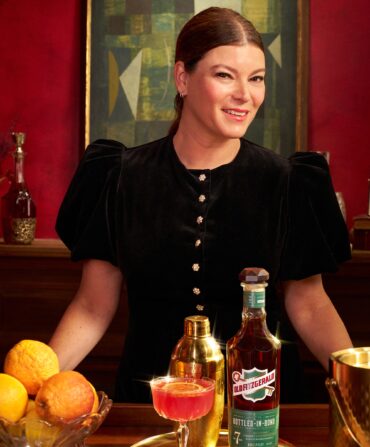“It was like a fistfight to sell the stuff years ago,” says Joe Magliocco, the president of Michter’s Distillery in Louisville. He is talking about the early aughts, when rye was still considered a fusty, outmoded whiskey that interested few. On sales calls, he’d hear, “Who the hell wants a ten-year-old rye?” That’s all changed now.
Michter’s pours up the long history of American whiskey in a short tumbler. The company dates all the way back to 1753, when two brothers, John and Michael Shenk, founded a namesake distillery in Pennsylvania. As with many such outfits, the following centuries brought ownership and name changes: Shenk’s became Bomberger’s in the mid-nineteenth century, then Pennco, then finally, in the 1950s, Michter’s—a portmanteau of Michael and Peter, the names of one of the new owners’ sons.
Then, in the late 1980s, the distillery declared bankruptcy and was abandoned. Enter Magliocco and his partners, his brothers John and Nico; their father, Tony, had distributed Michter’s in New York City, and Magliocco had peddled the brand himself one summer during college. With the help of adviser and longtime whiskeyman Dick Newman, the brothers launched their new business after buying the abandoned Michter’s trademark for $245 in 1997. With that in hand, they went about selling the best whiskey they could come up with.
At first, they set up operations in Louisville and started buying bulk rye and bourbon produced at other distilleries, aging it further in a variety of barrels. Then they worked with an established (but unidentified) distillery to make whiskey to their specifications. (Magliocco likens this to borrowing another’s kitchen.) They finally built their own distillery on the outskirts of the city in 2012, began barreling there three years later, and then opened a second showcase distillery and visitor’s center in an 1890 building downtown in 2019. They also bought a now 205-acre farm just over an hour from Louisville so they could grow their own grains and age their spirits in climate-controlled warehouses there.
During that time, rye moved from the shadowy wings of drinking culture to the bright light of center stage. No one scoffs at aged spirits these days, and Michter’s has become something of a cult whiskey, with collectors clamoring for the harder-to-find among the dozen-plus releases. The ten-year bourbon turned heads in 2020, when a barrel of it sold at auction in London for $209,462, setting what was then a world record. Word spread about the company’s other releases, including its vaunted and vanishingly rare Celebration blend—Magliocco says he’s heard of bars offering it for $1,700 per shot.
While the release of the distillery’s ten-year rye and bourbons have become major holidays on the whiskey lover’s calendar, bottles aren’t guaranteed—Michter’s did not drop a ten-year bourbon in 2022, for instance. “We’re fortunate that we’re a privately held company,” Magliocco says, as that allows them to deliver whiskey when they deem it ready rather than to appease stockholders. “We’re not two kids with a bathtub,” he adds, “but we’re certainly not a multinational.”
Thankfully, the company’s flagship US*1 Kentucky Straight Rye can be found more easily and retails for an affordable $50 or so. And while the rye’s bright vanilla essence and touch of dried citrus peel make it ripe to be enjoyed on its own, it also sings in the Fancy Whiskey Cocktail. With a splash of orange curaçao and an orange peel garnish, this classic gets adapted here, appropriately, from Straub’s Manual of Mixed Drinks, first published in 1913 by Jacques Straub, who had been the manager of yet another Louisville classic: the famed Pendennis Club.








